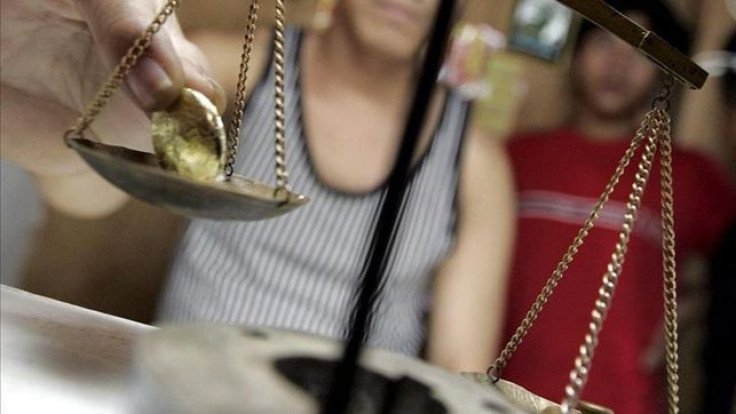Illegal Miners In Peru Get Angry, But Lack Support

Peruvian illegal miners in 14 regions of the country went on strike on Monday to protest the destruction of their machinery by the government, which is cracking down on illegal mining. People who engage in so-called "informal" and "artisanal" mining were angry because the government had promised to legalize their activities but has instead cracked down on the practice.
In two of the regions, Madre de Dios and Puno -- on the border with Brazil and Bolivia, respectively -- more than 45,000 protesters walked to demand a stop to the acts of the government. There are no numbers or estimations from the other 12 regions. The president of the Federación Minera de Madre de Dios (Mining Federation of Madre de Dios), Luis Otsuka, told Lima newspaper La República that around 25,000 people occupied the Interoceanic highway, which connects Peru with Brazil.
Otsuka added that the government had destroyed several bulldozers and even settlements that were within the limits of the mining area in Madre de Dios.
However, not everybody agrees with the miners.
“The most experienced miners in Puerto Maldonado, the capital of Madre de Dios, are against both the strike and illegal mining,” said local anthropologist Alfredo García to Spanish newspaper El País. “Both socially and environmentally, the problem is out of control.”
Madre de Dios is the Peruvian region most affected by illegal mining, in which unqualified workers dig up protected areas and abandoned mines, and extract remains of mostly gold and copper using mercury and other outdated, environmentally destructive methods. Deforestation in the region increased from 100 hectares (247 acres) in November 2012, to 1,583 hectares (3,910 acres) in June 2013.
In Puno, Federico Gómez Ancco, a local leader from the town of Azángaro, expressed his disagreement with illegal mining. “Informal miners have the right to work, but not against farmers and people who work the land,” he told Peruvian newspaper Los Andes.
The Peruvian government has been trying to tackle illegal mining since early 2012, when it started a process to integrate the practice into legal mining. More than 30,000 "informal" miners started the process to become regulated workers; they have time until next April to apply for legalization.
© Copyright IBTimes 2024. All rights reserved.











